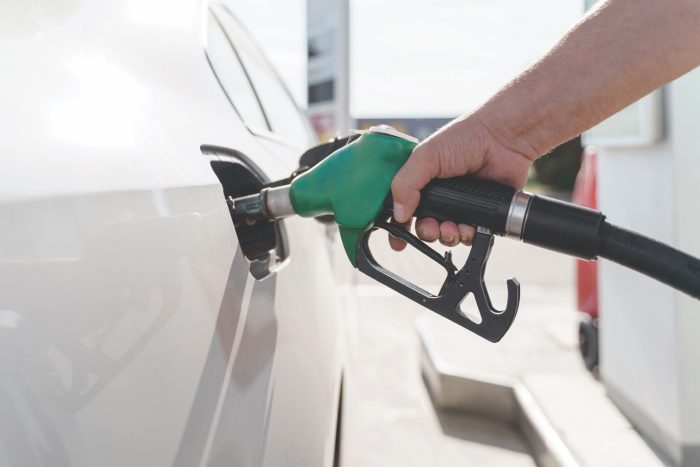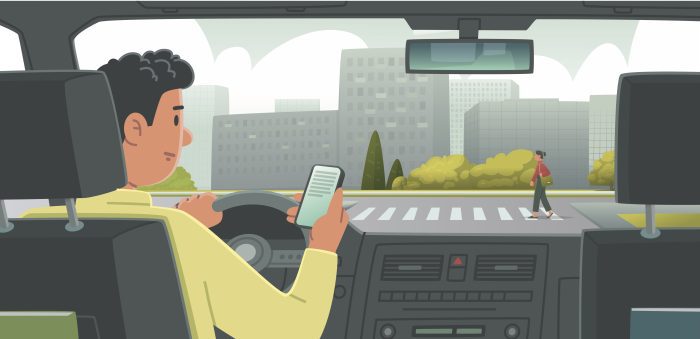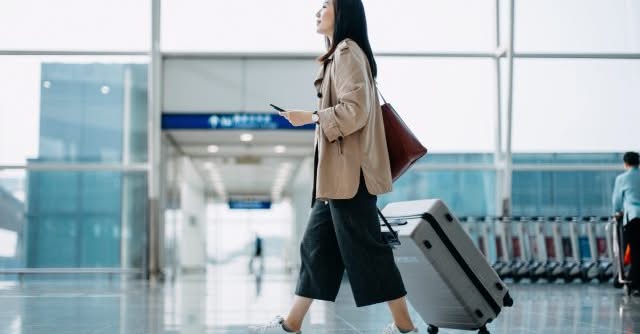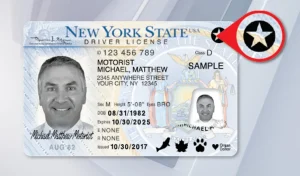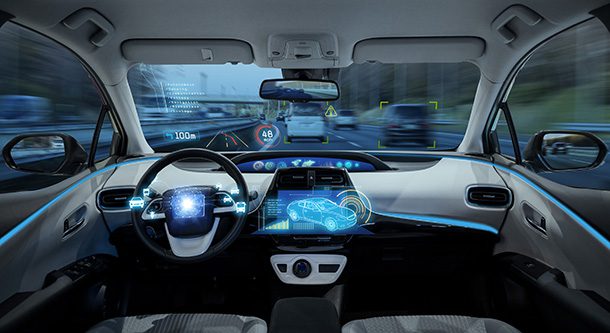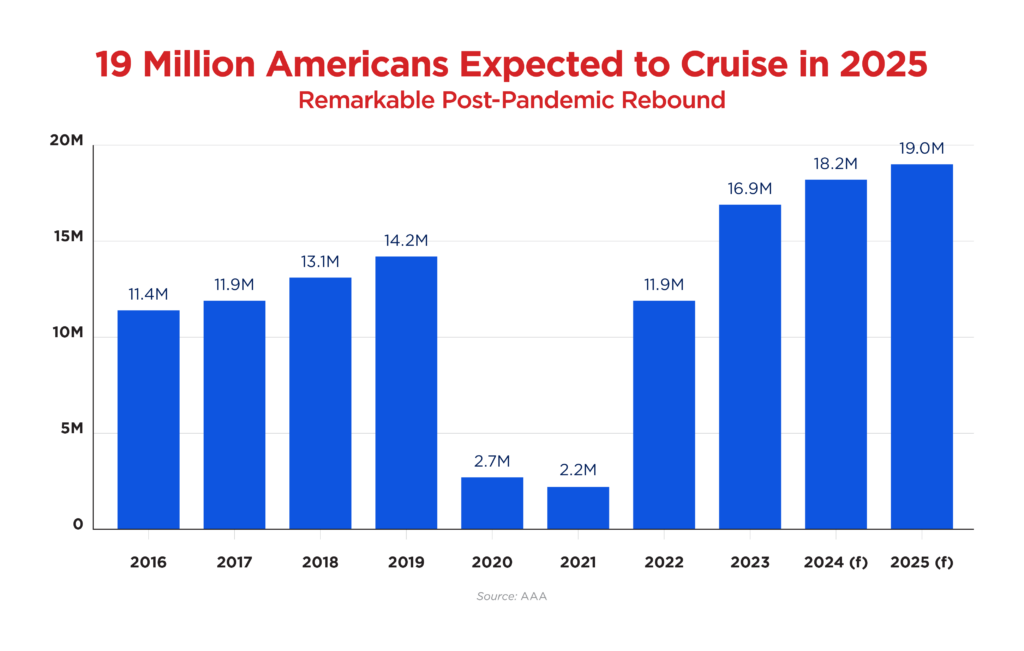AAA projects 72.2 million people will travel at least 50 miles from home over the Independence Day holiday period from Saturday, June 28, to Sunday, July 6. This year’s domestic travel forecast is an increase of 1.7 million travelers compared to last year and 7 million more than in 2019.
“Summertime is one of the busiest travel seasons, and July Fourth falling on a Friday creates a long weekend that many are taking advantage of,” said Robert Sinclair of AAA Northeast. “Following Memorial Day’s record forecast, AAA is seeing strong demand for road trips and air travel over Independence Day week.”
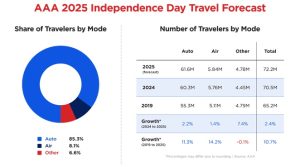 By car: AAA projects a record 61.6 million people will travel by car, 1.3 million more road travelers and a 2.2% increase compared to last year.
By car: AAA projects a record 61.6 million people will travel by car, 1.3 million more road travelers and a 2.2% increase compared to last year.
Last July Fourth week, AAA responded to nearly 700,000 emergency roadside assistance calls for issues including dead batteries and flat tires. AAA recommends getting routine vehicle maintenance ahead of your trip and packing an emergency kit. Especially over the busy holiday weekend, AAA urges drivers to watch for stopped vehicles and Slow Down, Move Over for emergency responders.
For travelers renting cars, AAA car rental partner Hertz says Thursday, July 3, is expected to be the busiest day to pick up vehicles.
By air: The number of people traveling by air is also projected to set a record. AAA expects 5.84 million travelers will fly to their destinations, a 1.4% increase over the previous record set last year.
Round-trip domestic flights cost 4% more than last year, according to AAA data on what travelers paid when they booked their July Fourth trips. When booking last-minute flights for summer trips, consider flying on a Tuesday or Wednesday for the best deals.
By other modes: AAA projects 4.78 million people will travel by bus, train or cruise, a 7.4% increase from last year. Cruising is leading this category, particularly at this time of year, when Alaska cruise season is in full swing.
AAA’s Top Independence Day Destinations
The top holiday destinations listed below are based on AAA booking data for the Independence Day travel period. Cruises, beaches and fireworks are the main motivators for travelers heading to these cities. Alaska cruises are in peak season, Florida and Hawaii are in high demand for their resorts and attractions, and New York and Boston host two of the most popular fireworks shows in the nation.
| DOMESTIC | INTERNATIONAL |
| Orlando, Florida | Vancouver, Canada |
| Seattle | Rome |
| New York City | Paris |
| Anchorage, Alaska | London |
| Fort Lauderdale, Florida | Barcelona, Spain |
| Honolulu | Dublin |
| Denver | Amsterdam |
| Miami | Calgary, Canada |
| Boston | Athens, Greece |
| Atlanta | Lisbon, Portugal |
Best & Worst Times to Drive
Wednesday, July 2, and Sunday, July 6, are expected to be the busiest days on the road, according to INRIX, a provider of transportation data and insights. With afternoon hours predicted to be the most congested, drivers are encouraged to hit the road in the morning to avoid the worst anticipated traffic.
| Best and Worst Times to Travel by Car | ||
| Date | Worst Travel Time | Best Travel Time |
| Saturday, June 28 | 12-5 p.m. | Before 10 a.m. |
| Sunday, June 29 | 2-4 p.m. | Before 11 a.m. |
| Monday, June 30 | 2-6 p.m. | Before 12 p.m. |
| Tuesday, July 1 | 3-6 p.m. | Before 2 p.m. |
| Wednesday, July 2 | 12-9 p.m. | Before 12 p.m. |
| Thursday, July 3 | 2-6 p.m. | Before 12 p.m. |
| Friday, July 4 | 12-7 p.m. | Before 12 p.m. |
| Saturday, July 5 | 11 a.m.-5 p.m. | Before 11 a.m. |
| Sunday, July 6 | 12-6 p.m. | Before 11 a.m. |
SOURCE: INRIX
AAA Northeast is a not-for-profit auto club with offices in Rhode Island, Massachusetts, Connecticut, New Jersey, New Hampshire and New York, providing nearly 6.8 million local AAA members with travel, insurance, financial and auto-related services.





